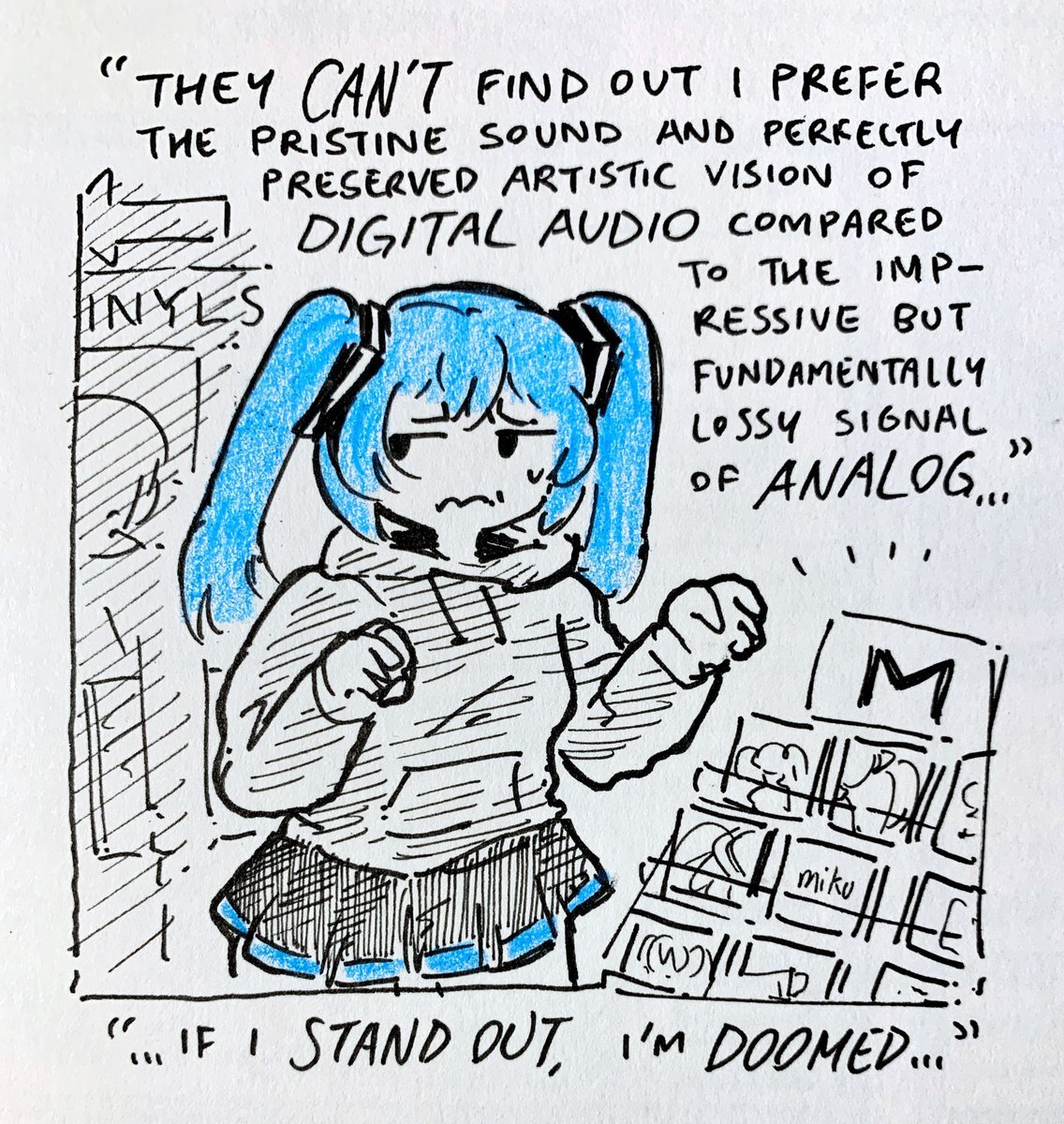this post was submitted on 15 Jul 2024
697 points (100.0% liked)
196
17596 readers
1226 users here now
Be sure to follow the rule before you head out.
Rule: You must post before you leave.
Other rules
Behavior rules:
- No bigotry (transphobia, racism, etc…)
- No genocide denial
- No support for authoritarian behaviour (incl. Tankies)
- No namecalling
- Accounts from lemmygrad.ml, threads.net, or hexbear.net are held to higher standards
- Other things seen as cleary bad
Posting rules:
- No AI generated content (DALL-E etc…)
- No advertisements
- No gore / violence
- Mutual aid posts are not allowed
NSFW: NSFW content is permitted but it must be tagged and have content warnings. Anything that doesn't adhere to this will be removed. Content warnings should be added like: [penis], [explicit description of sex]. Non-sexualized breasts of any gender are not considered inappropriate and therefore do not need to be blurred/tagged.
If you have any questions, feel free to contact us on our matrix channel or email.
Other 196's:
founded 2 years ago
MODERATORS
you are viewing a single comment's thread
view the rest of the comments
view the rest of the comments

So, a limiter and a compressor are actually the same thing! Just used in different contexts. You can think of a limiter as being a compressor set to extreme values, so that you can guarantee that at no point will the volume go beyond a certain threshold.
So let’s think of like, a guitar string being plucked. It starts out loud and percussive, you get some string noise as well. Then the actual tone is played, starts as loud as it will ever get, then gradually reduces in volume over time naturally as the energy in the string is lost.
Suppose we set the limiter to be a very low threshold, just above the quiet ringing you would hear after like 15 seconds of letting the guitar string resonate. Essentially the limiter will aggressively turn down the volume during the whole beginning, then ease off as the tone naturally quiets.
The final result is that you’ve transformed a sound wave that started out with a large amplitude that gradually got smaller, into one that has a generally uniform amplitude throughout its entire duration! Then, as with all compressors, since you’ve actually reduced the amplitude of the wave, you can now turn the volume waaaaaaay up without clipping out. So now, stuff that used to be quiet is now just as loud as the loudest parts of your recording. A rustling leaf would be played at the same volume as a gunshot.
The issue this creates with vinyl is that carving such an extreme waveform into a physical medium results in a path the needle simply can’t follow accurately.
Imagine an old wooden roller coaster, one in which the cart isn’t attached to the track other than by gravity holding it there. If you included a sudden massive drop when the cart was moving at high speed, it wouldn’t follow the track, it would actually fly off the track briefly as it can only accelerate downward as fast as gravity will allow.
If the needle is the cart, and the carving in the vinyl is the track, these moments of air time will create audible distortion. It’s actually a bit more precarious than that, even, as vinyls actually use not only the up and down components of gravity, but left and right as well. The two tracks superimposed are what allows us to create a stereo image (having distinct sounds in the left and right speakers).
There’s also a ton of other things that can cause distortion, but I don’t want to ramble on forever! The basic rule of thumb is that a vinyl master essentially just has less low end. From what I understand, this is the root of why many people prefer “the sound” of vinyl, they simply prefer a slightly more mid-dominant mix